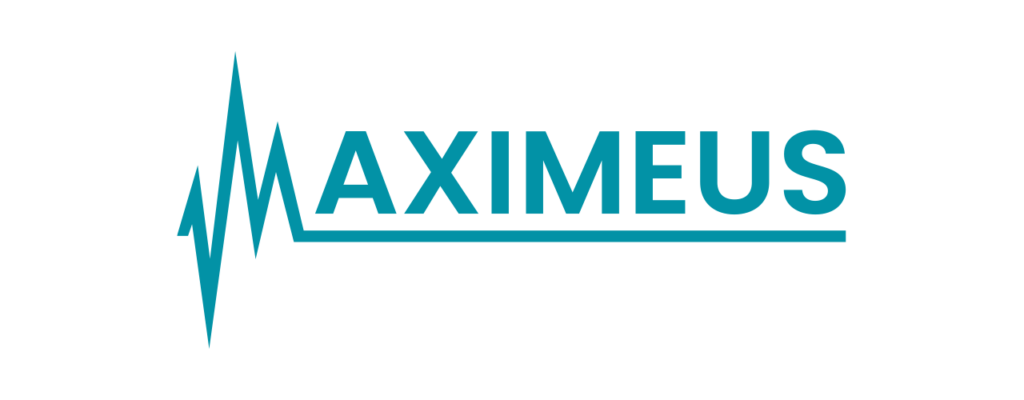Telemedicine is a branch of medicine that uses telecommunications technology to facilitate the diagnosis, consultation, and treatment of patients at a distance. Telemedicine has the potential to improve healthcare by allowing more patients to be seen by specialists, increasing the efficiency of healthcare delivery, and enhancing the quality of care. It has been used to overcome distance barriers and to provide care to rural and remote areas.
Telemedicine is a rapidly growing field, with new uses and applications being developed all the time. Some of the most common applications of telemedicine include:
- Remote diagnosis and treatment of patients
- Remote monitoring of patients’ health conditions
- Remote consultation of doctors and other medical professionals
- Education and training of medical professionals
- Teledermatology (diagnosis and treatment of skin conditions)
- Teleophthalmology (diagnosis and treatment of eye conditions)
- Telepsychiatry (diagnosis and treatment of mental health conditions)
- Telecardiology (diagnosis and treatment of heart conditions)
The potential benefits of telemedicine are vast. It can help to improve the quality and efficiency of healthcare, while also reducing the cost. It can also help to improve access to healthcare for people who live in rural or remote areas, or who cannot easily travel to see a doctor. For example, telemedicine can be used to provide care for patients with minor illnesses or injuries, which can help to reduce the need for them to visit a doctor or other healthcare professional in person. This can help to save patients money on healthcare costs.
There are some concerns that need to be addressed before telemedicine becomes more widespread, such as patient privacy and the quality of care. However, the advantages of telemedicine are clear, and it is likely to play an increasingly important role in the future of healthcare.
One of the advantages of telemedicine is that it can improve access to healthcare. In rural areas, for example, there may be a shortage of healthcare providers, but telemedicine can connect patients with providers in other areas. This can improve the quality of care that patients receive and also help to reduce the cost of healthcare.
Another advantage of telemedicine is that it can improve the quality of care. By providing a way for patients to get more timely care, telemedicine can help to avoid potentially serious problems. In addition, telemedicine can help to improve communication between healthcare providers and patients. This can help to ensure that patients receive the best possible care.
Finally, telemedicine can help improve patient outcomes by providing timely care, reducing the need for unnecessary tests and procedures, and providing continuity of care.
Outcome
Telemedicine has the potential to revolutionize healthcare by making it more affordable and accessible. It can also improve the quality of care by allowing patients to consult with specialists who may be located far away. Companies like Maximeus are helping healthcare provider organizations to eliminate inefficiencies in the healthcare processes while increasing patient care.

